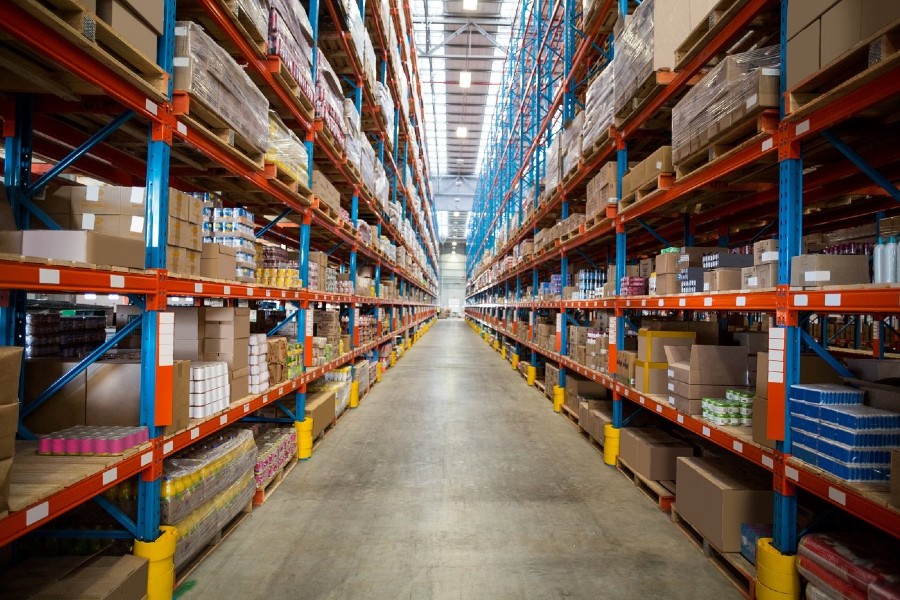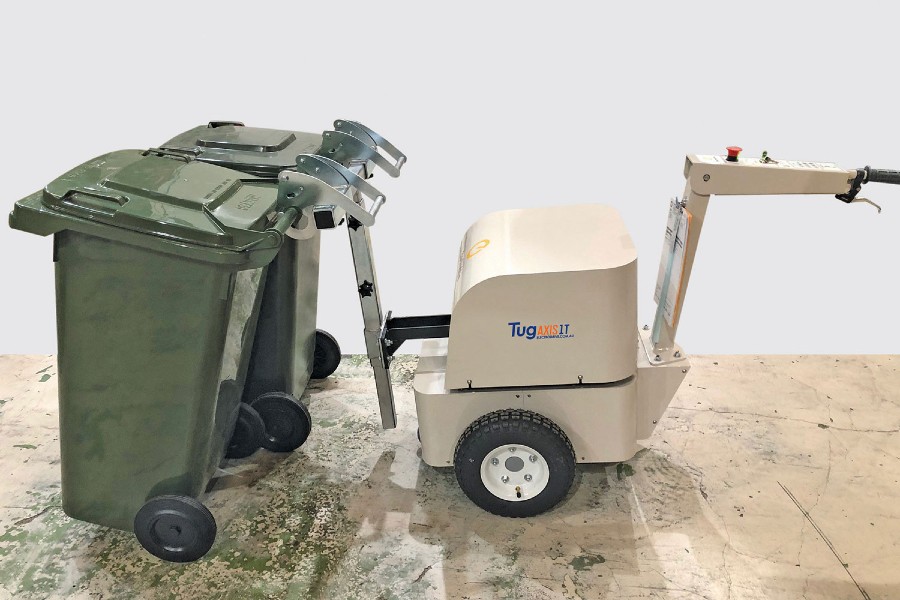
Enormous, extensive, and crucial these three words are some in a clothing rundown of descriptors that appropriately depicts a distribution center.
This enormous storage facility is where every product first lands, whether it comes from across the ocean, a neighboring state, or a nearby town. The warehouse staff then oversees the distribution of goods to retail stores and other establishments. A warehouse management system, or WMS, is an application that supports the day-to-day operations of a warehouse. In its simplest form, warehouse software is an application. Software solutions for warehouse management make it possible to centrally manage activities like inventory levels and stock locations tracking. It is feasible for The executives Programming frameworks to work as independent applications or to run as one piece of a total Undertaking Asset Arranging, or ERP, framework arrangement. CartonCloud is a business needing logistics company to grow business with warehouse management software.
Warehouse software had a limited scope in the past. Most of the time, it could only show management where specific products and stock were in the warehouse. Warehouse Management Software systems today are extremely data-intensive and complex. In point of fact, voice recognition and tracking and routing technologies like RFID may be included in more expensive systems. The more complex Warehouse Management Software systems frequently necessitate the expertise of knowledgeable IT personnel for proper operation because of the complexity of their operations. In this way, at first a framework to control development and capacity of materials inside a distribution center, the job of Stockroom The executives Programming step by step developed to embrace light assembling, transportation the board, request the executives, and, surprisingly, complete bookkeeping frameworks.
A Management Software system’s in-depth setup and processing will differ significantly from one software vendor to the next. Nevertheless, since the objectives remain unchanged, the fundamental logic will make use of a combination of information regarding the item, location, quantity, unit of measure, and order to decide where to stock, where to choose, and in what order to carry out these actions. All of the Warehouse Management Software systems, from the simplest to the most complex, were made to give management the information it needs to control the movement of materials in a warehouse more effectively and efficiently. As a result, a genuine warehouse management software system plays a crucial role in the supply chain. Its primary goal is to control the materials in a warehouse, including how they move through the production chain, where they go, when they move, and where they are stored when the route is finished. As a result, warehouse management includes some control over how goods are received, stored, and moved—mostly finished goods—to intermediate storage locations or to customers.
A second objective is to keep track of all associated transactions, such as shipping, receiving, putting away, and picking, since Warehouse Management is in charge of how products move through the warehouse. This kind of software is keyed by directed picking, directed replenishment, and directed putting away. In addition, the systems use real-time information about bin utilization to direct and optimize stock placement. The physical infrastructure, tracking systems, and communication between product stations are all necessary components. To put it another way, good in-house warehouse management software is necessary for warehouses because it provides them with a set of computerized procedures for handling stock and returns into the facility, modeling and managing the logical representation of physical storage facilities, managing stock within the facility, and facilitating a seamless link to order processing and logistics.
Pen and paper are rarely used for inventory tasks in modern warehouses. All things being equal, they have refined administration framework programming that allows them to make more progress while considering close observing of the progression of merchandise. Given their size, it takes wheels to move around the warehouse if goods are transported in and out. The workers lose valuable time and energy by walking from one end of the warehouse to the other.
What is in storage, what is being moved, what needs to move, and what needs to arrive are all tracked by an integrated system of computers and scanning machines. The framework accomplishes crafted by generally the whole stockroom staff taking stock of vast columns of merchandise, following through with the task quicker than expected. The retail establishments as well as the warehouse itself have the potential to make a significant amount of money from warehouse management systems. To put it literally, it reduces the size of the warehouse.
Without the assistance of warehouse management systems, workers may find it difficult to move large quantities of goods. Even though these kinds of systems are meant to cut labor costs, warehouse management still relies heavily on human interaction. Because warehouse workers are required to perform these tasks using portable scanners, goods cannot be scanned and registered on their own. For indexing and monitoring, the computer receives the code for each marked item.
Another advantage of warehouse management software is: it are right to guarantee that the orders. The system aids workers in locating the appropriate item for shipping because there is no room for error when deliveries are required. Human error in the distribution of goods is significantly reduced by the system, resulting in increased profit. A retail store’s orders of tomatoes won’t become potatoes thanks to warehouse software.
Moving goods from the manufacturer to the customer along the supply chain is known as logistics. For the overwhelming majority huge produces, shippers, or exporters calculated tasks are an impressive cost. Hence, organizations ought to routinely assess the expense of calculated activities.
A company can outsource all or part of its logistical requirements. They would hire a logistics company to move the goods through the entire supply chain (from manufacturer to retailer) if they completely outsourced. To some extent rethinking implies the organization deals with the transportation of the products through the phases of the store network. In either case, the objective is to reduce total costs. This article presents components of calculated tasks and programming that can assist producers or strategic organizations with accomplishing this objective.
When setting a price for a company’s total logistical costs, many things should be taken into account: warehouses, inventories, and freight transportation. Changing no less than one of these elements can bring down absolute expenses. For instance, strategic examinations performed by significant makes showed they could bring down all out calculated cost by spending more on cargo carriage costs, for example pick carrier over truck transportation. Because they were able to move the goods from one location to another in such a short amount of time, they were able to reduce the company’s inventory and save money on warehouse costs. As a result, the total cost was reduced. The inquiry is what blend of these three variables will bring down your organization’s expenses.
There are two main issues to think about. One is to find the right combination of inventory, warehouse services, and freight carriage, just like in the previous example. The other step is to compare prices for each service.
Logistics software allows for the analysis of numerous cost-related combinations. The most fundamental comparison of freight rates and routing options is provided by software solutions. Smaller retailers selling directly to customers through online stores or small to midsize businesses that distribute products directly from the manufacturer’s location to retail stores would benefit most from this kind of analysis. Software that can do more is needed by businesses that have multiple supply chain locations and warehouses.
There are more comprehensive logistical software solutions available for businesses with logistical operations that are more complex. One of these is creation booking programming. This kind of programming creates fabricating plans for various production network areas. This software was designed for businesses whose products need to be assembled at multiple locations prior to the retailer.
This content is part of the HWM Partnership.
Become a Harlem Insider!
By submitting this form, you are consenting to receive marketing emails from: Harlem World Magazine, 2521 1/2 west 42nd street, Los Angeles, CA, 90008, https://www.harlemworldmagazine.com. You can revoke your consent to receive emails at any time by using the SafeUnsubscribe® link, found at the bottom of every email. Emails are serviced by Constant Contact








